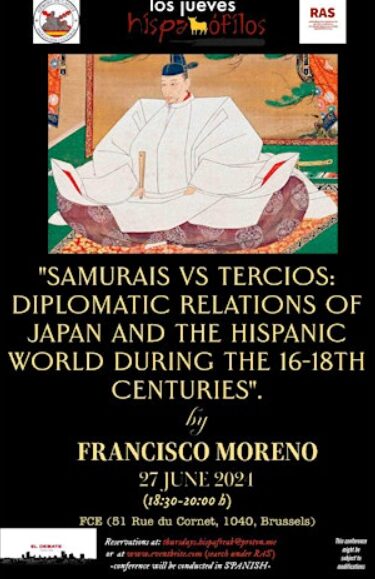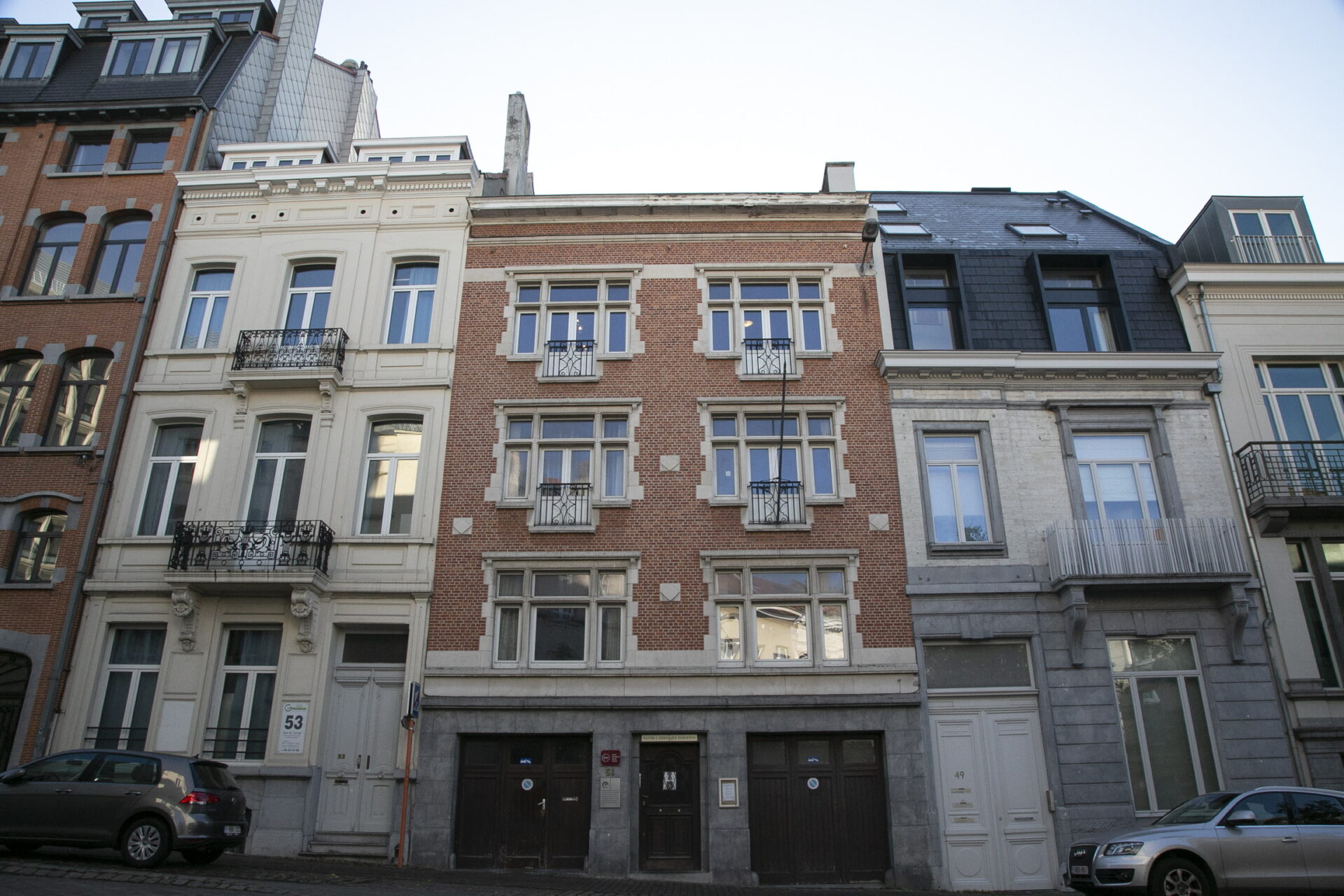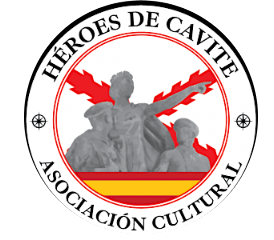
Los Jueves Hispanófilos
-PLEASE USE THE LINK BELOW FOR RESERVATIONS-
PLEASE NOTE THE CONFERENCE WILL BE HELD IN SPANISH
The historical relations between Japan and the Hispanic world date back to 1549, with the arrival of St. Francis Xavier on the island of Kyushu with the aim to evangelize the south of the country .
In 1582 a Japanese delegation (Tenshó embassy) left Nagasaki and travelled in a grand tour of Europe, reaching Toledo and Madrid in 1584 where they meet Philipp II of Spain.
In the same year, the Cagayan battle took place in coasts of north Philippines between the Spanish Armada and eastern pirates called Wako.
In 1609, a typhoon wrecked the Spanish galleon San Francisco, which was covering the Manila-Acapulco route (the so-called “Galeon de Manila”), off the coast of Onjuku. Spaniards were saved by Japanese divers: among the passengers was the Governor of the Philippines, Rodrigo de Vivero, who was given an audience by the local shogun.
Later on, Japan sent the Keichō Embassy in 1613 and arrived in Spain in 1614, to request direct trade with New Spain (Nueva España, today Mexico) and the sending of missionaries into Japan, holding audiences with King Philip III and Pope Paul V.
Find more and discover the true and surprising story behind thanks to Don Francisco Moreno who will reveal shocking aspects that have remained unknown for centuries.
Do not miss out this unique opportunity to immerse yourself in this fascinating topic: join us on Thursday 27 June 2024 at 18:30 h at FCE- 51 Rue du Cornet, 1040, Brussels (Close to place Jourdan).
CONFÉRENCIER
-
 HEROES DE CAVITE-RAS ASSOCIATION- EL DEBATEHEROES DE CAVITE-RAS ASSOCIATION- EL DEBATE
HEROES DE CAVITE-RAS ASSOCIATION- EL DEBATEHEROES DE CAVITE-RAS ASSOCIATION- EL DEBATEThe cultural association RAS-Heroes de Cavite together with El Debate (Spanish newspapers) other associations and volunteers and civil society are is pleased to present a series of historical-cultural activities that will take place in Brussels (Belgium).


